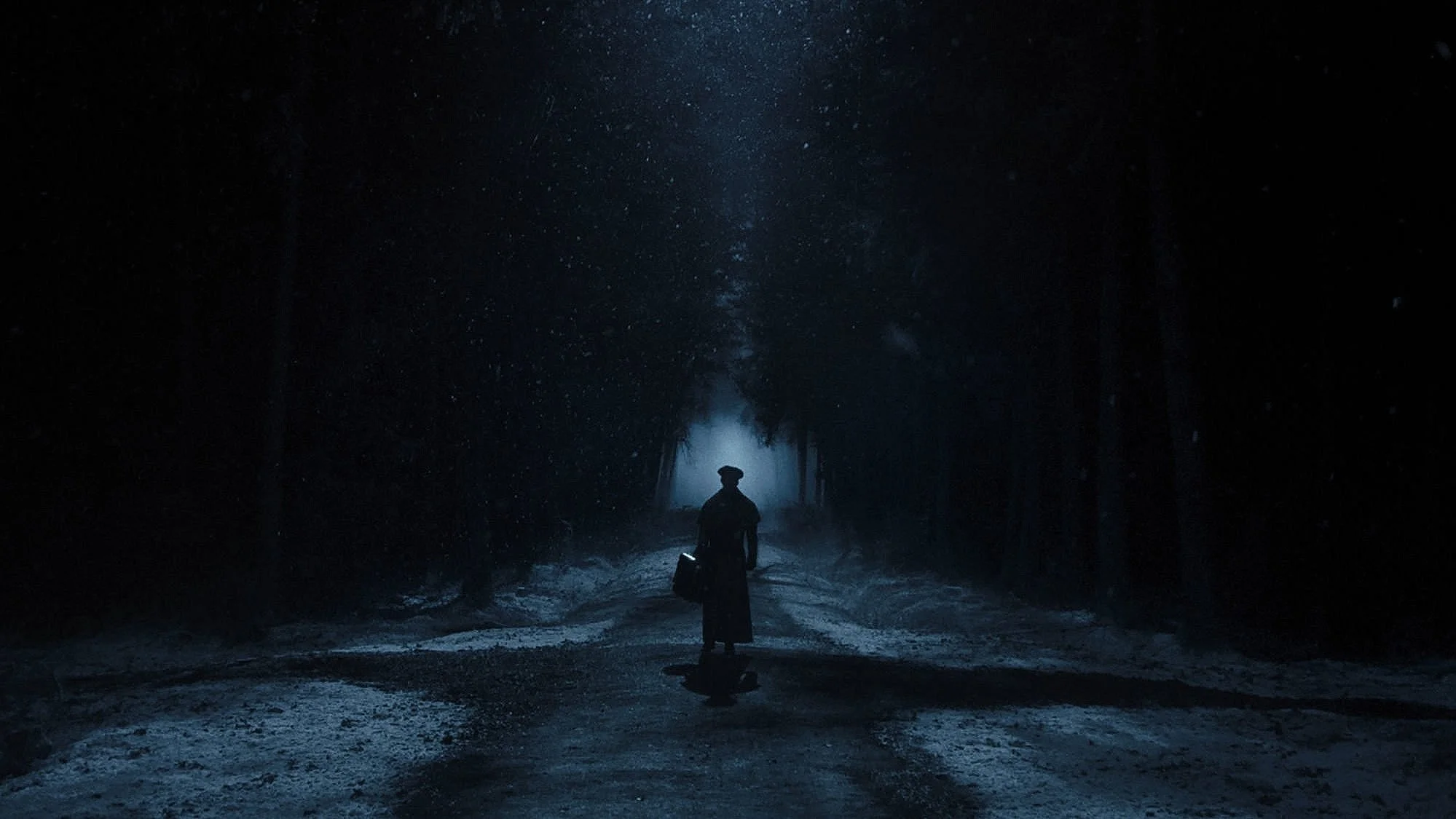Nosferatu.
After decades relegated to children’s cartoons (none quite as sophisticated as his Spongebob Squarepants cameo), Count Orlok rises from his ancient sarcophagus once again to terrorise a new generation of audiences. I was so compelled by Eggers’ take on Nosferatu that I went to see it twice- here’s my little review, if you care.
Few directors today can rival Robert Eggers’ mastery of atmosphere. His ability to immerse audiences is unparalleled, and with every frame he really propels you into the decaying heart of 19th century Gothic Europe. From the get-go Nosferatu reaches out its cold, rigor mortised hand and mercilessly drags you into its world, to hear the echo of dripping water, smell the damp rot of ancient flesh and stone, and feel the oppressive weight of its looming dread.
When you strip it all back to the bone, Nosferatu is a twisted fairytale about possession and obsession. It retells the story of an undead Romanian nobleman awoken from an ancient slumber by the call of the lonesome Ellen (Lily-Rose Depp), misunderstood and unconnected to the realm she exists in. She calls out to the darkness for comfort and is met with the fierce craving of a creature who longs to possess as much as he hungers for blood. Orlok becomes both her captor and her saviour, offering her the attention and understanding she yearns for, albeit in a parasitic form.
The film’s haunting visuals underscore the grim beauty of their connection, one forged not out of love, but out of mutual need. The repressed bride seeks escape from the mundanity of her life, while Nosferatu seeks a vessel to consume, someone who might endure the curse of eternity alongside him.
The reveal of the Count’s character design, kept under wraps throughout the marketing, was a particular highlight for me. Bill Skarsgard is completely unrecognisable beneath heavy, beautifully crafted prosthetics, a controversial broom-like moustache, and claws long and pointy enough to give Salad Fingers a run for his money. Yet, obscured as he is in costume, his immense talent and commitment shine through. His Orlok floats from scene to scene with a predatory yet regal grace, his presence hypnotic and nightmarish, with a guttural voice that sounds like gargled blood and meat.
Opposite him, Lily-Rose Depp delivers a staggering performance reminiscent of horror’s defining greats like The Exorcist and Possession. Depp’s physical performance has a rabid yet trance-like quality to it, as if she’s caught in the grip of something beyond her control, like a helpless fly on a spider’s web she writhes and convulses, eventually surrendering to the unseen force. Like Isabelle Adjani’s infamous breakdown in Possession, Depp is both unsettling and mesmerising. Her doe-eyed, breathless delivery makes Ellen feel not just like a victim, but a woman caught in limbo between terror and rapture.
Nosferatu promises a visual feast steeped in rich symbolism and unsettling dreamscapes. The cinematography weaves folkloric, religious and sexual imagery into its fabric; thick, snake-like roads writhe toward the fortified castle, their winding paths evoking both temptation and impending doom. The crossroads, subtly forming an inverted crucifix, hint at damnation and the perversion of salvation. Like a photo-negative of Christ, Orlok siphons blood rather than offers it as a devotion. He rises not in divine glory but in reanimated decay, a grotesque parody of resurrection. Where Christ redeems lost souls, Orlok drains them, delivering not salvation, but disease and torment. The cut to the imposing spires of the fortress following the moment of conception is a masterstroke of visual storytelling, transforming the castle into both a phallic monument of dominance and an inescapable prison.
Eggers crafts an aesthetic that is not just quintessentially gothic, but authentically folkloric- his lens capturing a world where power, desire, and the supernatural collide in haunting, painterly compositions.
Nosferatu (2024) is not just another highly stylised adaptation of the Bram Stoker classic, but a poignant exploration of loneliness, longing, and the allure of escaping reality by embracing the darkness. It’s a reminder that sometimes the things we call out to in desperation may answer back- but not always in the way we’d hoped.


